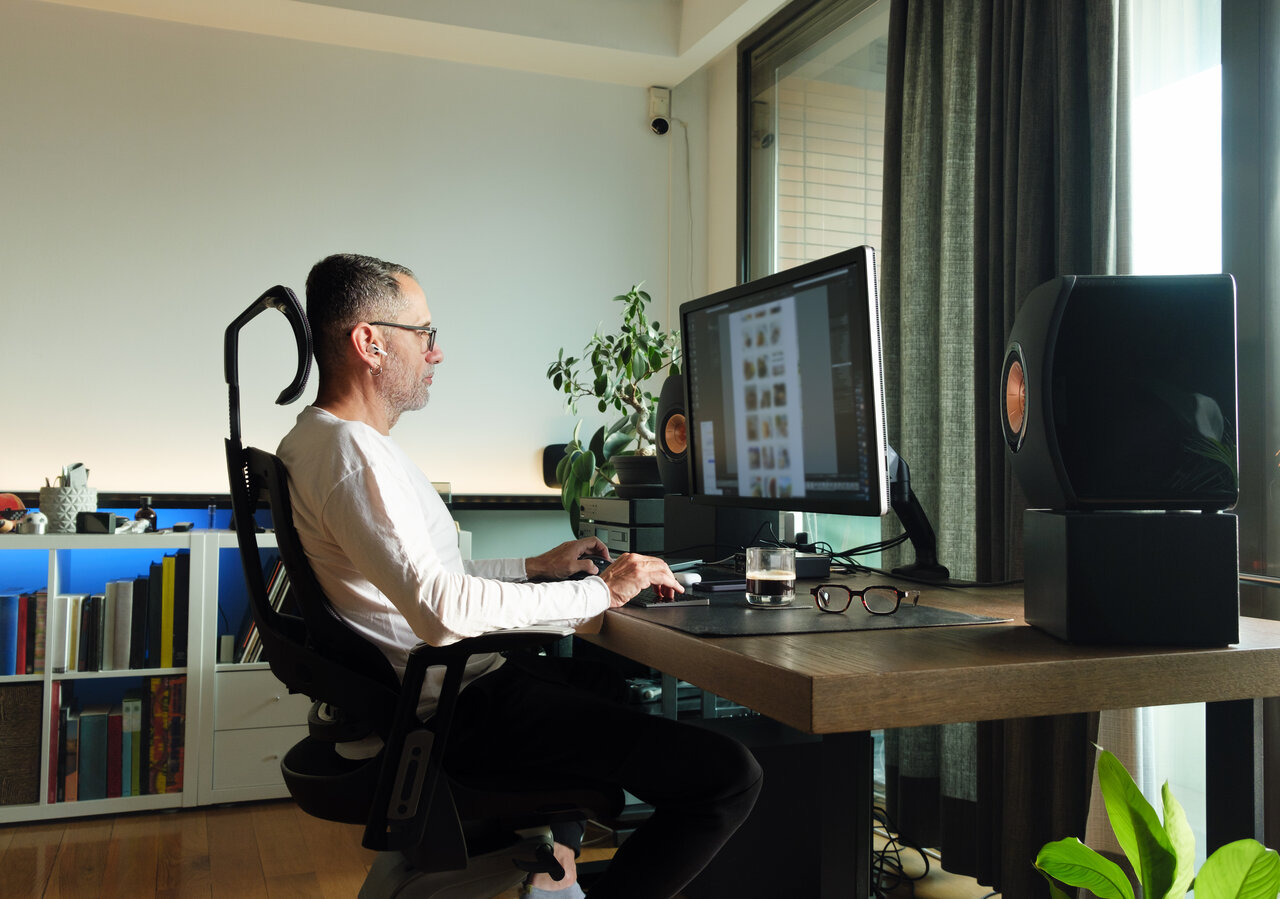Share This
Related Posts
Tags
Arm Services
By Joel Nelson on Jul 14, 2023 in News
The importance of proper workplace ergonomics is one thing that hasn’t changed since the pandemic’s onset – whether you’re still at home or back in the office.
The concept of ergonomics – a word coined by a Polish professor in 1857 – dates to chair and tool designers in ancient Greece. Attention to workplace injuries grew in the early 20th century, as repetitive factory work increased strain injuries, and accelerated further during World War II, when the assembly of complex weapons systems and equipment required a high degree of decision-making, attention, situational awareness and hand-eye coordination.

The war marked the point at which “ergonomics took a true turn into the concept that we understand today with deeper research to follow,” notes OMT-Veyhl, a Holland, Mich.-based office furniture manufacturer.
By the 1980s, the ubiquity of computers in offices had led to a spate of arm, neck and back injuries. That’s because computer work tends to involve repetitive movements that place strain on hands, wrists and other areas of the body. These problems continue, in commercial and home offices.
Creating an ‘ideal fit’
That’s where ergonomics comes in. This discipline focuses on ensuring correct placement of chairs, desks, monitor stands and other elements of a workstation to avoid pain; tingling or numbness in the hands, wrists or shoulders; and other afflictions.
“Ergonomics is the science of establishing an ideal fit between a worker, their working environment and the tasks they carry out. Office ergonomics, then, is simply about making sure that office employees have the correct furniture, equipment and working conditions to be able to do their jobs effectively and comfortably,” says British CMD Ltd., a British power systems manufacturer.
Taking the right ergonomic measures, the Mayo Clinic adds, means “you’re not doomed to a career of neck and back pain or sore wrists and fingers. Proper office ergonomics — including correct chair height, adequate equipment spacing and good desk posture — can help you and your joints stay comfortable at work.”
Here are some basics from the Mayo Clinic and other experts for decreasing discomfort and injury in your office workspace:
- Use a chair with an adjustable seat height that supports your spinal curves and lets your feet rest flat on the floor.
- Place the mouse within easy reach and on the same surface as the keyboard. While typing or using the mouse, keep your wrists straight, your upper arms close to your body, and your hands at or slightly below the level of your elbows.
- Keep your wrists straight at the workstation, with hands at or below elbow level and elbows bent at around 90 degrees. The monitor should be an arm’s length from your face, with your eyes level with the top edge of the monitor, and the chair height so knees are about level with hips.
- Keep key objects — such as your telephone, stapler or printed materials — close to your body to minimize reaching. Stand up to reach items that can’t be comfortably reached while sitting.
- Take short breaks regularly.
An ergonomically correct desk, chair and computer monitor position can go a long way toward preventing back, neck, wrist and shoulder pains known as work-related musculoskeletal disorders (MSDs), which the U.S. Occupational and Safety Health Administration classifies as being among the most frequently reported causes of lost or restricted work time.
See what OSHA says about preventing MSDs with good ergonomic practices.
